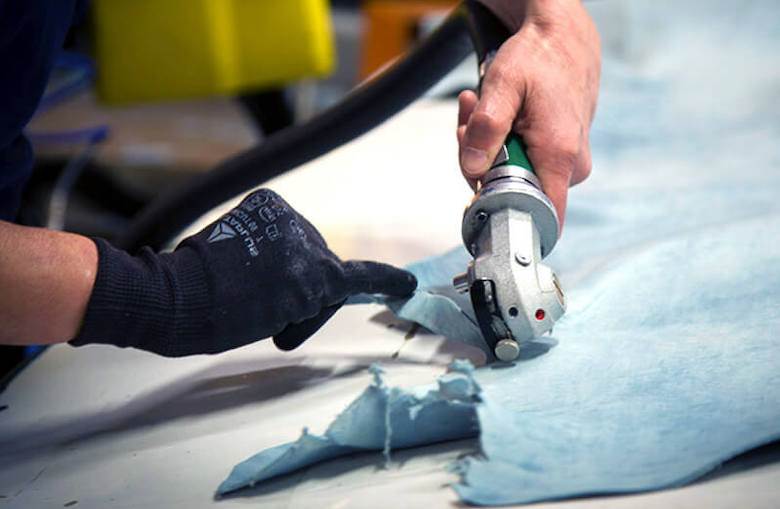All tanning methods are equally valid, COTANCE insists

The secretary general of COTANCE, Gustavo González-Quijano, has said chrome tanning is just as sustainable and environmentally responsible as other tanning techniques.
Speaking at an online footwear conference, Safety Footwear Revolution Week, at the end of November, Mr González-Quijano said: “There is no tanning technique that is better than another. We have chrome or mineral tanning, vegetable tanning with tara or chestnut or other vegetable materials and we have synthetic tanning. All of them have their merits and they are more or less equivalent.”
He gave this answer in response to a question about using alternatives to chrome-tanning and the supposed contribution these alternatives can make to achieving greater sustainability in the leather industry.
He explained that COTANCE, the European leather industry’s representative body in Brussels, had worked between 2011 and 2018, as part of a European Commission initiative, to establish product environmental footprint category rules (PEFCR) for leather. The purpose of the exercise was to find ways of improving the environmental credentials of leather producers in Europe, he explained.
In the course of carrying out this analysis, he said it was clear improving one environmental parameter using a particular tanning method could mean “a disadvantage” in another parameter. He gave the example of improvements in water use in early parts of the process potentially making water treatment more challenging at the end.
“You cannot say that one tanning method is better than another,” he reiterated. “All of them are valid. The tanning industry in Europe has reduced chemical consumption. Every square-metre of [European] leather consumes 2 kilogrammes of chemicals and water treatment processes reduce 80%-95% of all the pollutants that are in the water. That’s quite important.”
Image: Tanneries du Puy.











